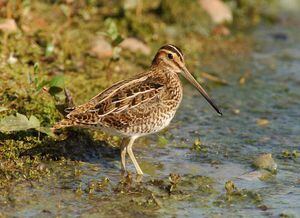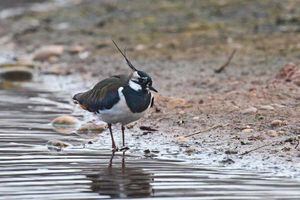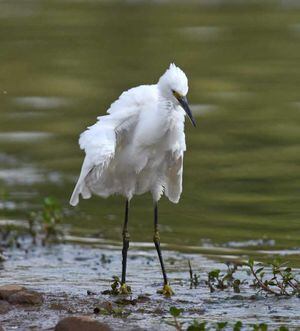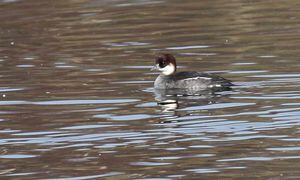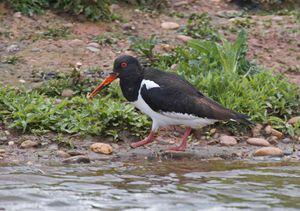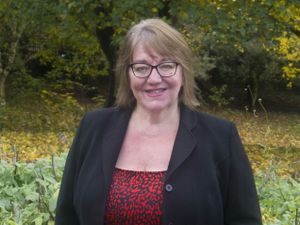IN PICTURES: Rare birds flock to Sandwell Valley nature reserve
Rare birds have been spotted at Sandwell Valley nature reserve following the unusually wet and warm winter.
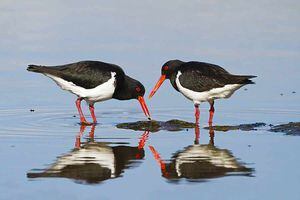
At least two rare species have been seen this month roaming the reserve - which provides a key sanctuary for birds flying over the built-up area.
The extraordinary weather seen around Britain this winter has been cited as the reason why the birds have flocked there early.
Andrew Purcell, a volunteer of more than 40 years at the reserve, said: "We had a smew here not long ago, which is only the seventh time we have ever seen one at the valley.
"The oystercatcher came in mid-December too, they don't normally come until another six weeks.
"We think the warm weather is the reason why they have flocked here earlier."
The smew is a small diving bird that migrates to Britain from northern European countries, such as Scandinavia and Russia, to escape the freezing weather.
Males are white with black masks and backs, and females are grey with reddish-brown heads.
The oystercatcher is a larger bird with long orange-red beaks and are commonly seen with black and white patterns.
It breeds on almost all coasts in the country, but like other birds has started breeding more inland.
Most British birds spend the winter on the coast.
Mr Purcell added he has seen other species of birds in healthy numbers.
"We saw around 70 common snipe the week before the oystercatchers came, and around nine or 10 jack snipe," he said.
"There has also been numbers of around 120 gooseanders who have flown in at night time.
"They are a cracking looking bird."
The RSPB Sandwell Valley nature reserve provides an important safe haven for birds flying over the local area.
"It is probably one of the premier reserves (in the region wider region), even though we have only got 30 acres," said Andrew.
"That is very important of course for the birds flying over who can have a rest."
The RSPB in Sandwell have just seen a new centre costing $450,000 built at the reserve.
It has recently had 69 solar panels fitted, allowing the building to run '100% green' and will cover running costs.
